Teaching Physics #6 - Properties Of Liquids Through Simple Experiments
Welcome to another post of "Teaching Physics" where my troll team gets to work and gives you simple and easy-to-perform experiments. Our goal is to teach young children, primary school children or younger, some basic terms of physics, concepts and procedures to get them more involved in science class. Don't forget, science lies hidden in everywhere, even those plastic bottles and out tap water...
This post deals with liquids, you can find the previous two related posts here (buoyancy) and here (hydrostatic pressure). Today we're doing two easy experiments on buoyancy again.
OBJECTIVES
Teach that buoyancy depends on the fluid's density and the volume of the submerged object - experiment 1.
Teach the basic mechanism submarines use to submerge and then get back to the surface - experiment 2.
ACTIVATING FORMER KNOWLEDGE
Here we aren't teaching anything new, those experiments are based on the things we learned from the previous posts. So we just remind what we discussed the last time.
- What is hydrostatic pressure and what it depends on.
- What is buoyancy and what it depends on.
EXPERIMENT 1
Buoyancy depends on the fluid's density and the volume of the submerged object.
The math formula we'll be discussing is:
Fb = V x p,
where Fb is the force of buoyancy (N),
V is the sunk volume of the object (m3) and
p is the density of the liquid (kg/m3).
Materials:
- a pencil
- some play dough
- a big glass
- a variety of liquids: water, alcohol, oil, salt water, etc.
Process:
- Put some play dough around the end of the pencil.
- Fill the glass with water.
- Dip the pencil in the glass (the play dough point downwards).
- Mark the point of the pencil where it starts coming out of the water (the pencil must float vertically in the glass).
Now replace the water with other liquids and mark again the point where the pencil starts coming out of the water, it won't be the same every time.
Conclusion: Since the pencil floats, the force of buoyancy will remain stable, what will have changed? The answer is the density of the liquid that will force the pencil to go higher or lower. The more dense the liquid, the less of the pencil's volume will stay in the water and the other way round.
Now we have our very own "primitive" liquid densitometer and students can keep notes and make a list of the various liquids' densities, starting from the lower to the higher ones.
EXPERIMENT 2
How do submarines resist buoyancy to submerge and then get back to the surface?
Materials:
- a straw
- a paper clip
- some play dough
- a plastic bottle
- water
Process:
- Bend the straw and cut the longer part off so that it's equal to the shorter.
- "Unfold" the paper clip and insert its ends in each end of the straw.
- Use some play dough to cover the ejecting part of the paper clip.
- Fill the bottle with water and place the straw inside it.
Watch the video to see what happens when we squeeze the bottle:
The straw floats, but if we squeeze the bottle it starts sinking. When we stop squeezing the bottle, the straw floats again.
Conclusion: When we squeeze the bottle, the pressure we apply goes all over the volume of water, increasing the pressure within the bottle and pushing the air from inside the straw out. Water replaces the air inside the straw and it sinks, because the force of buoyancy is no longer enough to keep it floating (it gets less than its weight). When we release the bottle, the pressure comes back to its initial levels, water flows out of the straw and the air gets back in its place. The buoyancy force is now equal to the straw's weight and it floats again.
At this point, my cat jumped over the door as if she wanted to ask:
Submarines don't have straws @ruth-girl, how do they work?
Submarines use this basic principle of buoyancy to submerge and get back to the surface. They use ballast tanks (deposits that fill with water or air). In order to float on the surface, the force of buoyancy needs to be equal to the vessel's weight, so those tanks are filled with air (the result is a drop in the density that allows the vessel to float). When it needs to submerge, the tanks are filled with water. The submarine's weight increases along with its density (the volume remains unchanged), so the force of buoyancy becomes negative (cannot fight the force of gravity anymore) and the vessel goes down.
To get back to the surface, a submarine has reserves of compressed air that it uses in its ballast tanks to remove water and bring back the equilibrium of weight and buoyancy. A submarine has also got hydroplanes, one kind of wings, that it uses to control the angle of its dive. The angle is such that water moves over the stern (the rear part of the vessel), that way the rear faces upwards and the vessel's front is orientated downwards.
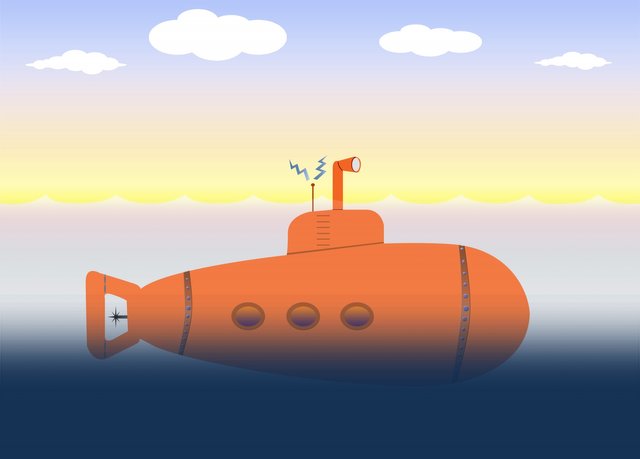
(Image credits: Flash Alexander - publicdomainpictures.net)
References
science.howstuffworks.com
scienceforkidsclub.com
paroutsas.jmc.gr
Panagiotis Koumaras, "A guide to teaching physics through experiments" - Christodoulidis Editions (Thessaloniki 2005)
*All non-credited images by @ruth-girl
Thank you for being here and reading my post, perhaps some of you will find it interesting and give those experiments a try. If you do so, please leave a comment on how they worked for you and your class. You may also want to suggest any other experiments or projects to make this lesson even better. It would make me even happier if you were a parent and tried those simple experiments with your child/children, they are so simple, you can easily do them at home.
Perhaps you'd like to go through my blog, @ruth-girl, and discover plenty of lesson plans along with my bizarre natural phenomena series.
And for those engaging with education, @steemiteducation is here to join all steemian educators in their common cause of making our job easier, more effective and more fun, because...
(Original image credits: Nick Youngson - nyphotographic.com)
Finally, the greek community of steemit is here and waiting for you to discover it! Follow the @greek-trail for daily doses of good-quality posts by wonderful writers!
Until my next post,
Steem on, people, and keep smiling!
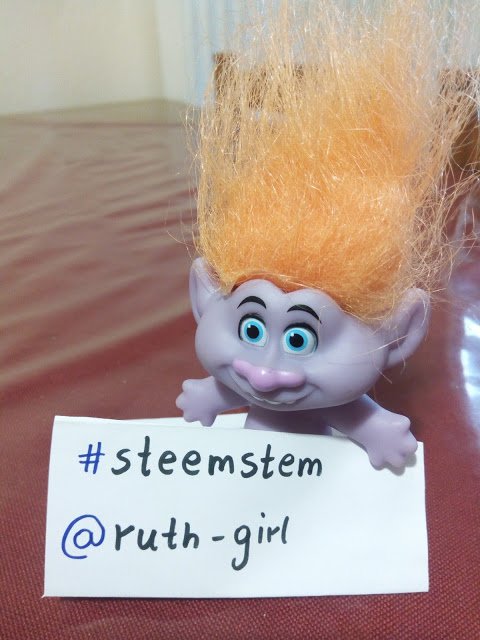

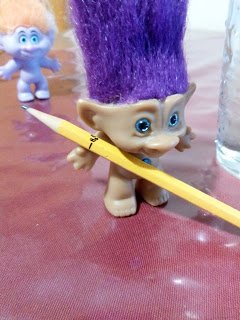
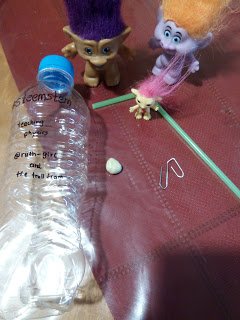
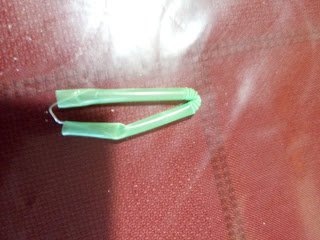
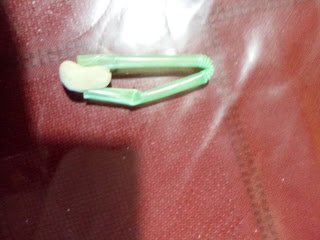
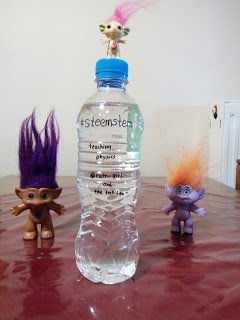
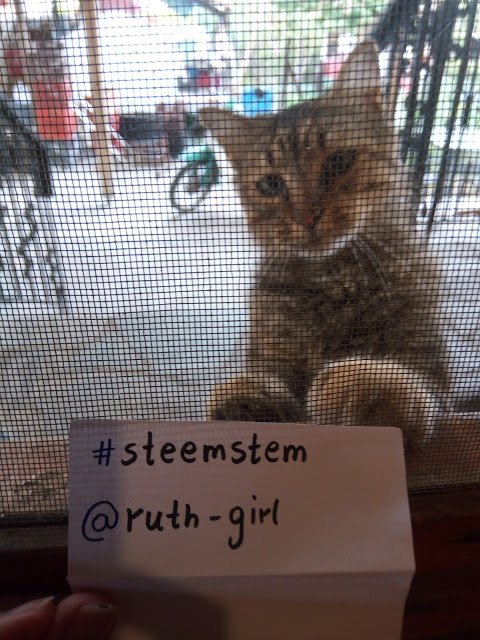

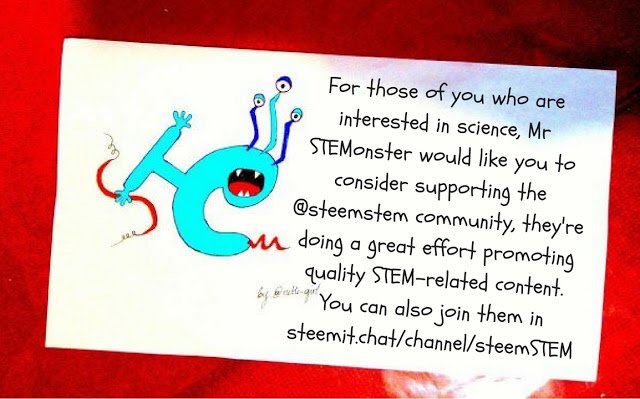
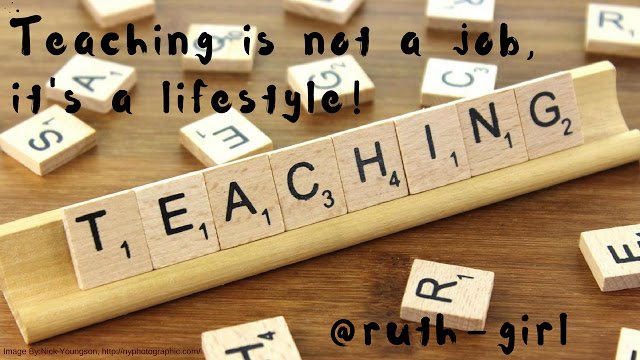

Yeah , Ruth-Trolls !!! :)
Ooooh yes!! :D
That cat looks tasty!
I don't get what's your problem with my kitty... :P

Cool my son loves this type of stuff
Great!! I'm happy to hear that! Kids are so enjoyable to watch when performing experiments!
Congratulations @ruth-girl, this post is the eighth most rewarded post (based on pending payouts) in the last 12 hours written by a User account holder (accounts that hold between 0.1 and 1.0 Mega Vests). The total number of posts by User account holders during this period was 1560 and the total pending payments to posts in this category was $3248.59. To see the full list of highest paid posts across all accounts categories, click here.
If you do not wish to receive these messages in future, please reply stop to this comment.
Upvoted and also resteemed!
Thank you very much! :D
Congratulations! This post has been upvoted from the communal account, @minnowsupport, by ruth-girl from the Minnow Support Project. It's a witness project run by aggroed, ausbitbank, teamsteem, theprophet0, someguy123, neoxian, followbtcnews/crimsonclad, and netuoso. The goal is to help Steemit grow by supporting Minnows and creating a social network. Please find us in the Peace, Abundance, and Liberty Network (PALnet) Discord Channel. It's a completely public and open space to all members of the Steemit community who voluntarily choose to be there.
Very clever, I'm going to give this a try with my boy.
Thank you!! Come back with a comment to tell us how it worked out :)
This post has received a 1.18 % upvote from @buildawhale thanks to: @ruth-girl. Send at least 0.50 SBD to @buildawhale with a post link in the memo field for a portion of the next vote.
To support our curation initiative, please vote on my owner, @themarkymark, as a Steem Witness
haha @ruth-girl just love the whole experiment with trolls LOL
you can probably call it "edu-fun" (copyright mcfarhat) :D
Lol! Thank you @macfarhat! :D
Second chance School!
LOL! :D